Tags: Big Bang
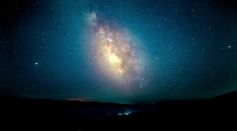
New Stellar Theory Proposes ‘ONe Novae’ as Crucial Source of Phosphorus in Stellar Explosions

Astrophysical Tau Neutrino Candidates Detected at IceCube Observatory Serve As Rare Relic of the Big Bang

Are We Made of Stardust? Revisiting Carl Sagan's Insight on the Cosmic Seeds of Life
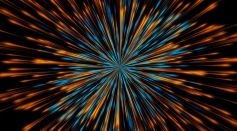
Did the Universe Begin With Two Big Bangs? New Hypothesis Challenges Traditional Understanding of Cosmos' Birth and Dark Matter
Crack in the Universe: Scientists Search for Cosmic String Left After the Big Bang

Cosmic Microwave Background As Primordial Radiation: Does It Confirm the Big Bang Theory?
Subtle Wrinkles in Space Can Be Used To Measure Cosmic Distance, Rate of Universe’s Expansion
James Webb Space Telescope Confirms 'Maisie's Galaxy,' Unveiling One of the Universe's Earliest Celestial Wonders
Universe Is 2X Older Than We Initially Thought; Big Bang Occurred 26.7 Billion Years Ago

James Webb Space Telescope Unveils Six Distant Galaxies That Formed Within the First 650 Million Years After the Big Bang

James Webb Space Telescope Captures the Deepest Peek Yet of the Epoch of Reionization in the Universe
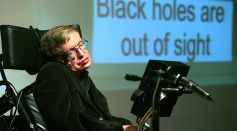
Last Collaborator of Stephen Hawking on His Last Physics Theory: Here's How the Esteemed Physicist and a Belgian Researcher Worked Together

Remnants of the Earliest Stars in the Universe Found in Distant Gas Clouds That Contain Chemical Fingerprints of the First Supernova

Universe Could Be a Giant Doughnut Based on the Weird Patterns in Leftover Light From Big Bang, Study Suggests
Dark Energy That Periodically Switches On, Off Could Lead To More Big Bangs
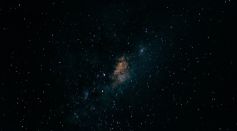
Origins of the Cosmos: What If the Universe Came From a Dark Big Bang?
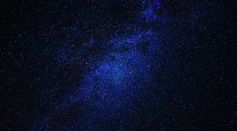
Second, Third Big Bang? Dark Energy Could Be Causing the Universe To Expand Faster

James Webb Space Telescope Spots 6 Massive Inexplicably Old Galaxies; Discovery Puzzles Astronomers
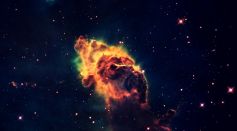
Do Astronomers Know How Many Galaxies There Are in the Universe? New Research Suggests It May Be Infinite
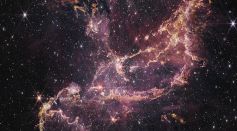
Young Star in Small Magellanic Cloud 200,000 Light Years Away Gets New Insight With JWST Recent Image Release
Most Popular

Universe Origin Revealed: Exploring the Latest Big Bang Science Theories and Discoveries

Big Bang Physics and Cosmology: Can Science Really Explain the Origins of the Universe?

Tree Communication Explained: How Underground Fungi Networks Connect Entire Forests

What Causes Tornadoes and How They Form: Tornado Science Explained for Extreme Storms




